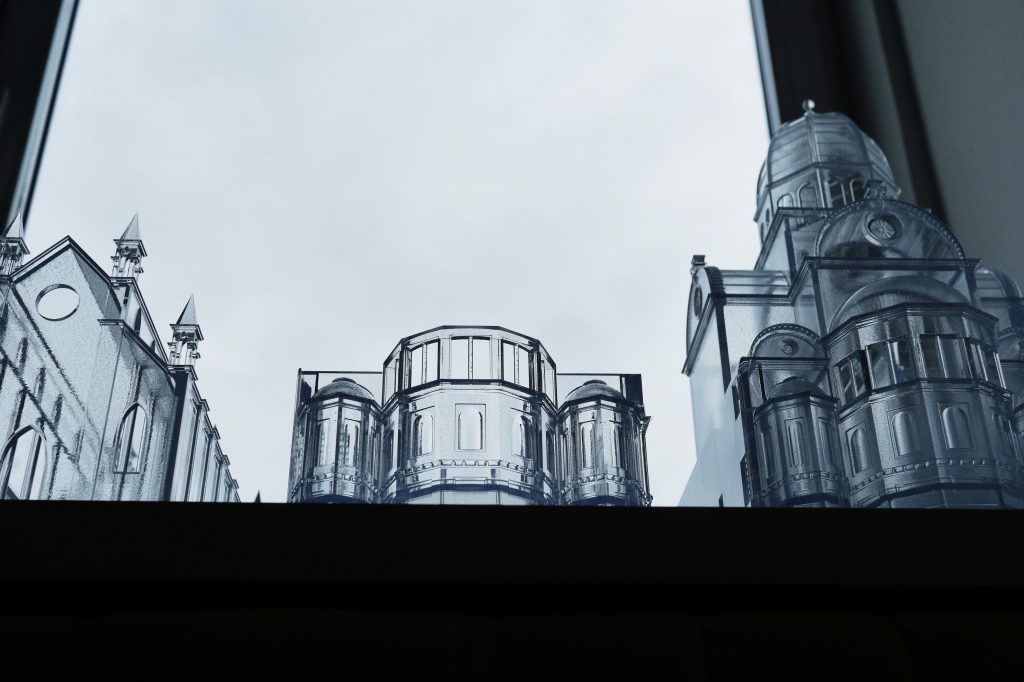
Top 4 Benefits of 3D Printing Models for Architects
When 3D printing architectural models, you combine the precision of virtual 3D modeling with the tangibility of a physical object. Architects used to create scale models mostly out of wood or foam, but more and more of them are embracing the benefits of 3D printing their newest designs. Read on to learn why architects are joining the 3D printing revolution!
1. Your clients can visualize your architectural designs better
A 3D printed object makes your design tangible. So a detailed scale model of the final project can be a valuable way of communicating your design idea to colleagues or – more importantly – your clients. A 3D-printed architectural model takes out the guesswork and theoretical nature of technical drawings and sketches. Perfect for pitching an idea that stands out from the rest.
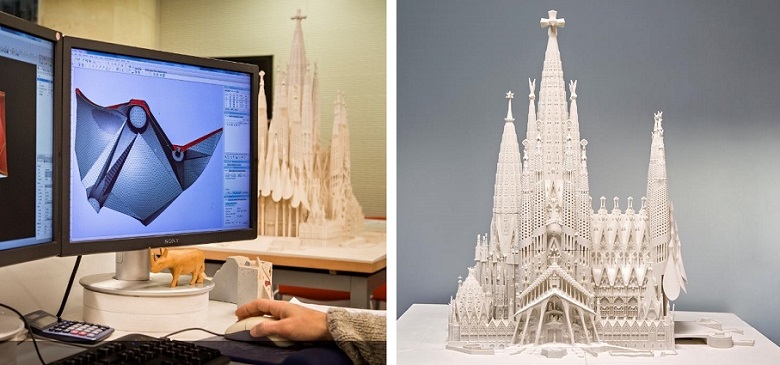
Photo Credit © Expiatory Temple of the Basílica de la Sagrada Família
2. Reduce the time spent on creating architectural scale models
With a 3D printer you can make your design come to life while saving yourself the hours of work that creep into creating a scale model. Once you place an order for a 3D print, you can continue working on other important tasks – the 3D printer will do the job autonomously. 3D printing is especially useful if your design is made of complicated design elements such as double-curved surfaces or complex facades. If you use an online 3D printing service like i.materialise you won’t even have to worry about cleaning and post-processing your 3D print.
Another amazing time saver: after applying essential 3D printing design rules, you can even print existing 3D models created in programs like SketchUp. There is no need to create your 3D printable file from scratch.
Time is money. So saving hours of work ultimately means saving expenses.
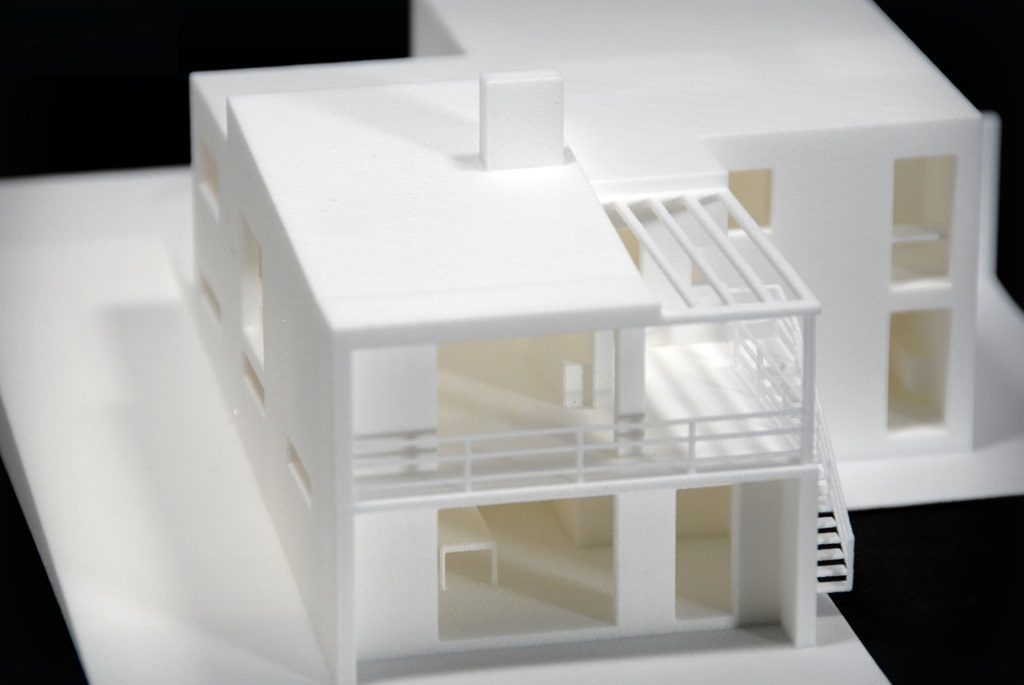
3D printed house by Burobill
3. Models are printed in great quality and come in many materials
Gone are the days where 3D prints looked pixelated and rough. Professional 3D printers now print architectural models with a great level of detail and pretty smooth surfaces. Additionally, you can choose from a wide range of materials. Polyamide (SLS) tends to be the most popular material amongst architects. Scale modelers often go with Gray Resin. If you need colorful elements and do not want to paint your Polyamide or Prime Gray model by hand, Multicolor is your best bet. And you can even add transparent 3D-printed elements in transparent Resin or parts in 3D printing metal to your model.
A replica of the Šibenik Cathedral of St. James in Croatia was 3D-printed in transparent resin for an exhibition and 3D-printed and the results were stunningly detailed.

Model of the Belgian coastline during World War based on aerial photographs from the time. It was Comissioned by the Atlantikwall Museum in Raversijde for an exhibition about munition in WWI
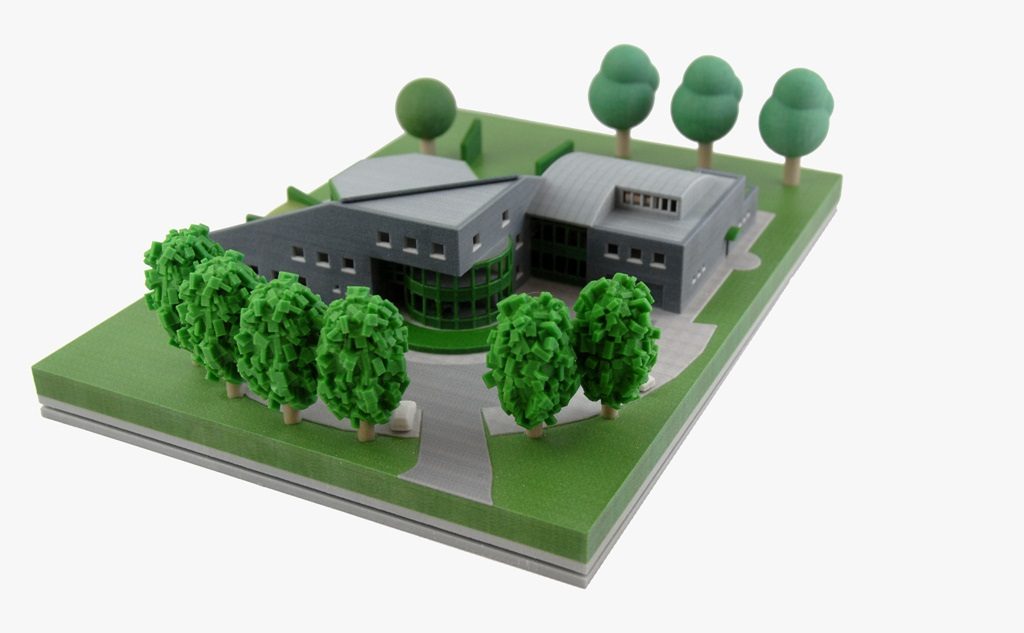
3D printed architecture by C3A
4. Easily re-edit, re-use and re-print your architectural 3D models
3D printing allows you to be more flexible with your models. If the client requests a change, you can simply edit the file, share it with colleagues and re-print the object. If you need a second scale model you can simply print it again. That’s the beauty of 3D modeling and 3D printing – you are always in full control.

3D print by Floorplanner
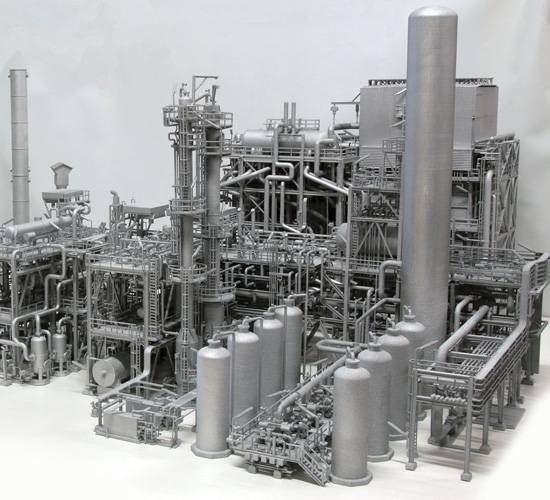
3D printed architectural scale model for the Linde AG
How to 3D print your architectural design
If you are interested in 3D printing your virtual 3D design, be sure to learn the basics of 3D file preparation in SketchUp here and then simply upload your file to our website. You will instantly see the price for your 3D printed architectural model in more than 100 materials and finishes. We will then print the model and send it right to your doorstep!
Recommended Articles
No related posts.



